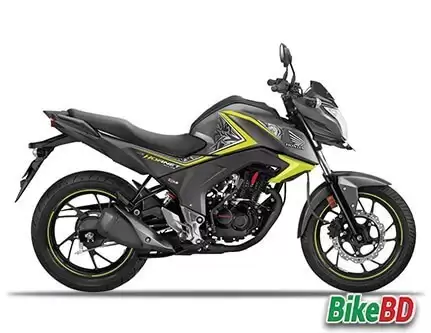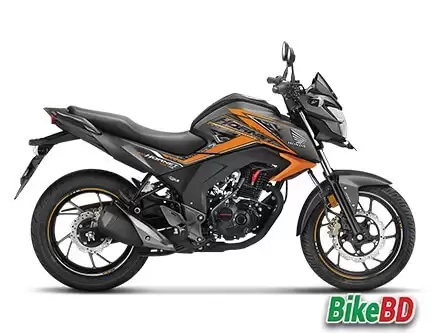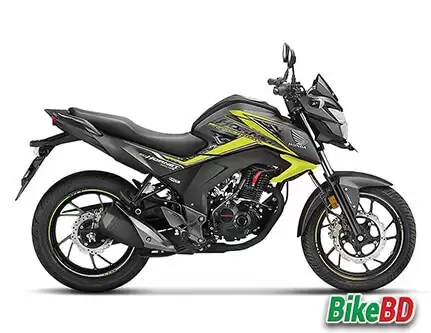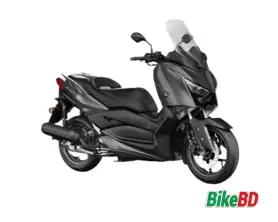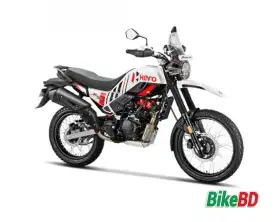Shares 2
Carburetor Vs Fuel Injection - Which Is Best?
Last updated on 03-Sep-2024 , By Saleh
Perhaps not all the bikers know about the functionality of a carburetor on their motorcycle or has a very little interest in it. This little thing can bring a massive change in your riding experience. Today, let’s glimpse into the world of fuel delivery. Why do more and more motorcycles now a day have fuel-injection systems rather than carburetor? So here is our discussion Carburetor Vs Fuel Injection – Brief Discussion.
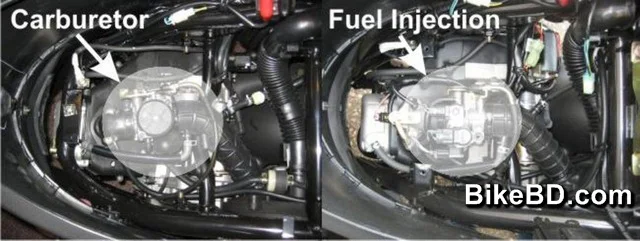
The carburetor is one of the most essential mechanical part on a motorcycle and many small engine machines. All engines require a proper mixture of air and fuel for combustion; this vital device known as the carburetor controls the ratio of the fuel/air mixture entering the engine.
This sounds simple enough, but all the components inside it has to work properly for the efficient output. There are many carburetor parts that, if not set properly, will at best cause the bike to run properly, or at worst keep it from not running at all. The correct ratio of fuel and air is crucial for engine performance.

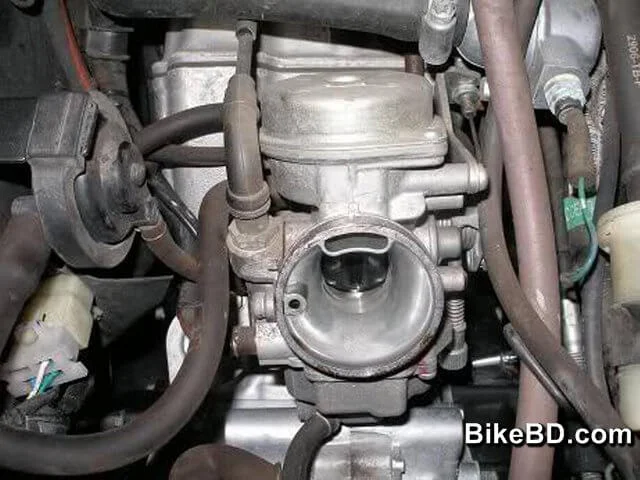
Carburetor - How Does It Work
Air enters the carburetor from the air intake or through the air filter, and speeds up gradually, due to the narrowing of the interior walls of the carburetor. This air is blowing perpendicular to the throttle slide – a valve controlled from the throttle cable. When the throttle is pulled it is opened, the cable raises the throttle slide located inside the carburetor’s main body. As the slide rises, the fast moving air pulls the fuel up the main jet from the float chamber.
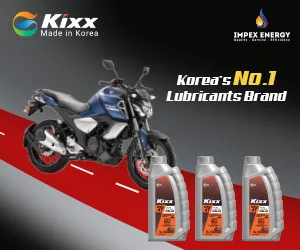
This works automatically because the fuel wants to travel from an area of high pressure (the float chamber) to an area of low pressure (the carburetor main body). The fuel mixes with air and heads into the engine. The amount of fuel that flows is dependent on the position and size of the needle valve, the size of the main jet, and the height level of the fuel in the float chamber.
Also Read: Fuel Injection (Fi) Bikes In Bangladesh
The fuel height in the float chamber is controlled by the floats. Adjusting these floats correctly inside the carburetor is very important. As a vehicle ages it may develop vacuum air leaks from the many vacuum lines used in the engine compartment. These leaks cause additional air to be drawn into the intake manifold, changing the fuel/air mixture from the right blend of fuel and air to more of a lean mixture - too much air, not enough fuel. Any time you add additional air to the intake system with the same amount of fuel as before, it results in a very high combustion chamber temperature.
A carburetor is dependent upon the velocity of air entering the venture to create a good air/fuel mix to feed the engine, and serves to maintain the fuel circuits which pump the petrol – and although the majority of current high-performance bikes have switched to fuel injection, there are still plenty of motorcycles fitted with carburetor fitted engine.
Float Chamber Components:
Needle valve assembly Floats Float pivot rod Chamber and gasket Drain plug.
The float chamber is a reservoir for fuel, and contains all of the working components of the float. Most float chambers have a drain fitted for maintenance and, in some cases, to measure the actual fuel height.
A carburetor also lets some fuel evaporate because it is an open system. The air intake is not sealed when the bike is not running. Fuel pooled in the carb evaporates. The lost fuel is a very small even over the lifetime of a motorcycle. Cold weather can be a problem when starting the engine. Even push starts can’t overcome this.
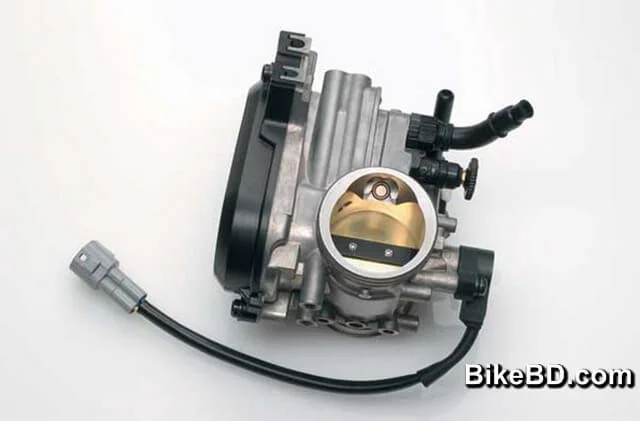
Electronic Fuel Injection: EFI
Nowadays, most rider turns the key in the ignition, jump on and speed off without a second thought and that’s because a fuel injected engine makes cold starts much easier. Technically, though, the mechanics are far more complex. First of all, there’s a fuel pump inside the tank, an electronic engine controller and an assortment of sensors.
The fuel injected system is controlled by a computerized fuel delivery system, while the ECU takes information from various sensors and determines how much fuel the engine receives based on this data. Other sensors deal with RPM, engine temperature, throttle position, and the crankshaft position.
Also Read: Top 7 Fuel Injection Bikes In Bangladesh
Additionally, the fuel required for each RPM and engine load condition is located in the fuel map within the ECU. Once the amount of fuel is identified, the ECU will adjust the fuel mixture for the engine and air intake temperatures. Computer-controlled, electronic fuel injection systems consist of a computer, an oxygen sensor, a set of fuel injectors, a fuel pressure regulator and an electric fuel pump. When the key is turned on the ECU runs through a quick self-check that tells it everything is ready to go.
Fuel injection engines for motorcycles function similar to those in cars, trucks and other modern engines. Fuel injection engines are controlled electronically by the Engine Control Unit (ECU), a small computer within the engine that measures many variables (such as throttle, RPM’s, air and engine temperature, and crankshaft position) in order to determine how much fuel should enter the engine through the fuel injectors, thus creating less emissions and wasted energy and creates a more responsive acceleration for the rider.
All modern motorcycle fuel injectors are capable of opening and closing many times per second. In a sense, Electronic Fuel Injection is a lot simpler than a carburetor. Reduced to its essentials an EFI system is nothing more than a nozzle that sprays fuel into the airstream whenever a computer tells it to.
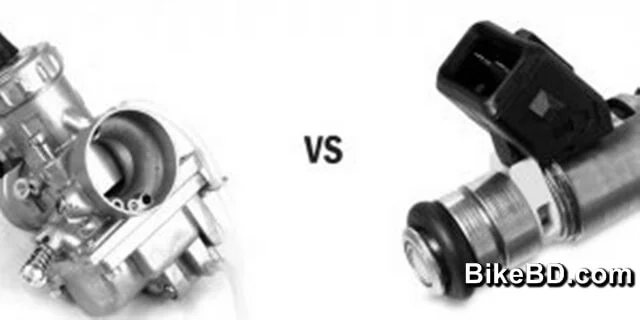
In particular the processes the computer uses to determine how much fuel to supply can get pretty complicated. Fuel injection uses a high pressure pump to deliver fuel under pressure to another point in the intake sequence, much closer to the piston head. In fuel injection, the air to be burned comes without coming into contact with the fuel, and the fuel is sprayed ("injected") into the air stream as an atomized mist.
Modern engines last longer because they have electronic fuel injection that simply corrects the air/fuel ratio so you never have an excessively rich or lean condition. This is the main reason spark plugs last longer, valves are not burned and piston rings do not lose their tension resulting in shorter engine life.
If the problem is too great for the computer to correct, it will turn on the check engine light located on the meter which is your clue to take the vehicle to a mechanic to correct the problem. Fuel injector gives a slightly higher engine performance and slightly more efficiency when running at the best fuel-air ratio. Throttle response is also a bit better. Example: Yamaha FZ-fi, which is a recent launch in Bangladesh.
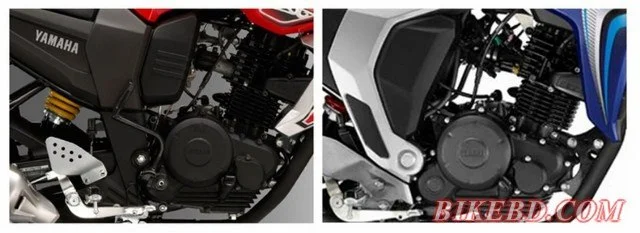
Crucially, most carburetor problems can be fixed easily at the side of the road with an assortment of basic tools. An electronic fuel injection system, though, if it goes wrong, will usually require a new part – and that’s going to cost you. Repair is far more difficult. Today’s modern fuel injection systems require a computer to diagnose the problem.
There is little doubt in the fact that Fuel Injection will soon replace carburetors because of the emission norms that keep getting stricter every year. However, there is little doubt that unless the cost of this new-age technology comes down significantly the majority will keep on sticking to carburetors. If you talk about numbers, a nicely tuned carburetor has its peak power just 10% lesser than that of a Fuel Injected mill which is not much keeping in the mind the extra money it comes for.
What makes it highly efficient is its ability to constantly tune the air-fuel mixture benefitting the engine and enhancing its life. Still, we are, like many others, struggling to find which one is better here as both of the options have their own pros and cons, and everything for or against them is a big reason to either go or not go for any particular player here. So, depending on your need and how much you like to play around with the performance of your motorcycle, choose the one that suits you the best.
For further updates keep visiting our website and subscribe to our BikeBD Youtube channel, and also eye on our BikeBD Facebook Fanpage. See you soon with the latest discussion, review & news.
See Available Motorcycle & Scooter Brands in Bangladesh
See All Updated Motorcycle & Scooter Prices Here
See Nearest Motorcycle & Scooter Showroom Addresses To You
- User Reviews Of Motorcycle and Scooter
- All Kinds of Company Motorcycles & Scooters Price
- All Motorcycle Showrooms in Bangladesh, Addresses, Phone No
- Team BikeBD All Bikes Review
- Motorcycle Technical Reviews
- Motorcycle Product Reviews
- All Motorcycle Comparison Reviews
- All Motorcycle Travel Stories
For further updates keep visiting our website and subscribe to our BikeBD Youtube channel, and also eye on our BikeBD Facebook Fanpage.
T
Published by Saleh





